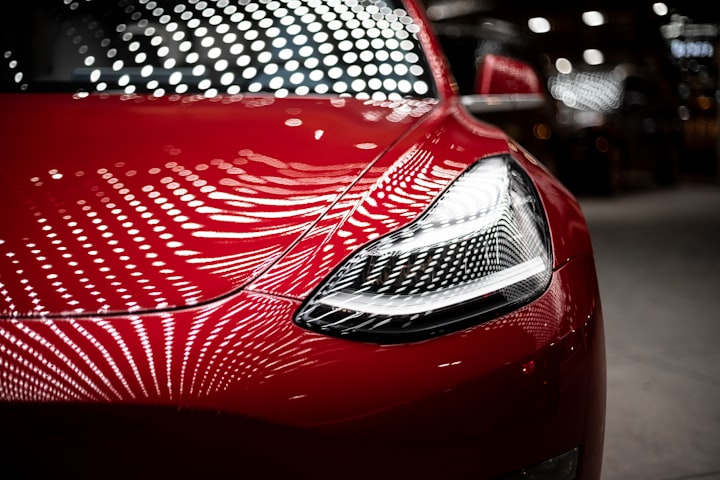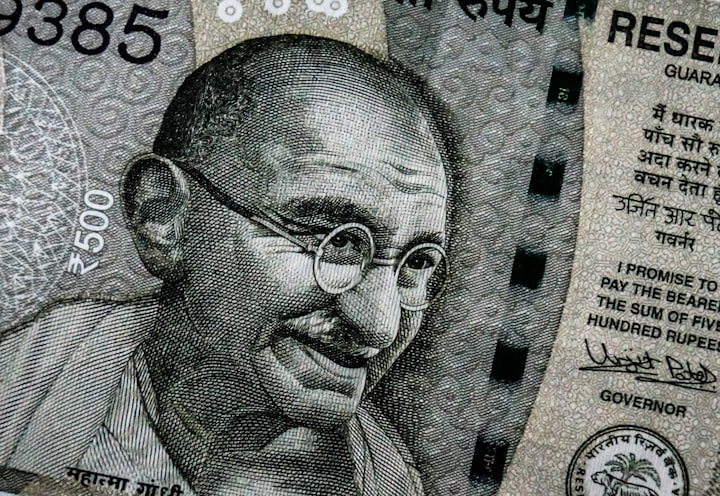History of Massage Dates Back Thousands of Years
A Look At Bodywork Through The Ages

From ancient medicine to modern therapy, massage and the healing quality of human touch has been a mainstay of most civilizations. In modern times, it is recognized that massage therapy has a plethora of health benefits to the recipient. Let’s take a look.
What are the benefits of massage therapy?
It would be near impossible to list every single benefit of receiving a massage but here are the most commonly recognized benefits of bodywork:
Stress reduction
When you are experiencing stress, your body releases hormones that affect every system in the body. Imagine being in a fight or flight scenario, but it’s lingering affects lasting days, weeks, or months (sometimes longer).
Massage therapy has been shown to have up to a 30 percent stress hormone level reduction while increasing serotonin and dopamine (the hormones that make you feel good or happy) by anywhere from 28–31 percent.
Better sleep quality
Remember in the last section where we said that massage increases the production of serotonin? The benefit doesn’t end there.
When you have increased levels of serotonin, your melatonin levels also increase (melatonin is that supplement people give to their children to go to bed early is also a naturally occurring hormone that regulates sleep).
With increased melatonin levels combined with massage therapy assisting circadian rhythms (sleep cycles) to reset, massage therapy can be beneficial for finally getting a full night’s sleep.
Stimulation of the lymphatic system
The lymphatic system of the body maintains fluid levels throughout the body’s tissues. The lymphatic system removes all fluid that is left outside of the blood vessels. Essentially the lymphatic system works as an additional filtration or sewer system of the body.
When receiving a massage (there are even special massages that target the lymphatic system specifically referred to as lymphatic drainage massage), blood circulation is increased and muscle tissue is warmed which results in more effective filtration by the lymphatic system.
Increased joint mobility and flexibility
Massage increases blood flow, helps to relax muscles, and can increase range of motion through different techniques. Regular massage will assist in increased range of motion and improvement of flexibility.
Treatment of chronic disorders
UCSF Health says it best:
Massage can reduce pain and anxiety for people with chronic illnesses, such as cancer, and reduce the physiological burden of stress. It can help treat conditions including stress-related tension, cancer-related fatigue, sleep disorders, high blood pressure, diabetes, low back pain and depression, just to name a few.
Increased libido
Through the relaxing nature of massage, reduced stress and pain levels, combined with increased production of feel good hormones like serotonin and dopamine, massage is a non-pharmaceutical approach to assisting in low sex drives.
Also it is noteworthy that regular massage can assist for patients recovering from car accidents and other physically traumatic events.
Even victims of abuse have been found to make great strides in their therapy plans when incorporating therapeutic massage, primarily because they are able to retrain their psychological response to touch.
When did massage therapy begin?
Earliest recordings of massage say India
The history of massage and touch therapy (or bodywork) can be traced back to the beginning of time. Humans have innately recognized the value of touch. The earliest recordings of massage therapy can be found in Ancient India around 3000 B.C.E.
Ayurvedic medicine was and is still widely practiced in India (and has spread to the rest of the world).
Ayurvedic medicine believes illness occurs when the body is not in harmony with the environment and that each individual has a different composition based upon their parents. There are even beliefs that your mother’s emotional state during pregnancy can affect how susceptible you are to illness. It’s kind of like a mystical genetics.
Massage was used in ancient Ayurvedic practices because it was believed to balance the body systems and allow the body to heal itself naturally. Researchers are now beginning to confirm the validity of massage assisting the body to heal and repair itself.
Massage records in Ancient China
Around 2700 B.CE. the practice of therapeutic massage spread to China and other Asian cultures due to its success it treating pain and other ailments. While ancient Chinese massage had many similarities to Indian massage, the Chinese put their own spin on things by incorporating martial arts practices, yoga, and traditional Chinese medicine.
The Chinese believed that illness was caused by blockage or imbalances of certain energy channels in the body. Massage was believed to assist in removing energetic blockages and increase overall energy flow through the body, resulting in improved health of the body.
Massage makes it to Egypt
Around 2500 B.C.E. Massage therapy is recorded in Egypt where you can find paintings of people receiving and giving massage on tomb walls. Ancient Egyptians also incorporated massage techniques that focused on the feet in particular, believing that the feet had connections to all organs and body systems.
Ancient Egyptians believed that applying pressure to specific points on the feet or hands could trigger healing effects. A precursor to modern reflexology that is practiced today.
Buddhists Monks Bring Massage to Japan
Around 1,000 B.C.E. Buddhist monks traveled to Japan and brought therapeutic massage with them. The Japanese, like the other cultures mentioned previously, added their own twist on the emerging therapy.
The Japanese referred to their massage as “Shiatsu” which is believed to strengthen the organs by applying pressure in specific areas and pathways.
(Side note/ Ashiatsu is massage done with the feet and if you have never had one, you have to get an Ashiatsu massage)
Massage Therapy In Ancient Greece and Rome
Athletics were a big deal both in Ancient Greece (inventors of the Olympic Games) and Ancient Rome (who doesn’t love a good gladiator contest?). Massage was introduced by the Egyptians as a way to help athletes train and heal faster. Athletes would even receive massage before sporting events, the first sports massage if you will.
The father of medicine, Hippocrates, was even known to prescribe massage for wellness in addition to diet and exercise.
First century physicians would even use massage as a preventative treatment for illness on the Emperors. Roman baths, hydrotherapy (water therapy), and massage were believed to contribute to quality of life and overall good health.
Massage goes through a dark period.
Like you see with art, the study of medicine, and good orgasms, the decline of the Roman Empire and control of the Catholic Church lead to a dark age for massage. There are not many records from this time period unfortunately.
Swedish Doctor and Gymnast Reintroduces Massage Therapy
In the 1800s, Swedish doctor and gymnast (I love that he was a gymnast), Per Henrik Ling developed Swedish massage which is characterized by slow, fluid movements. Swedish massage is the most popular form of massage received in the Western world.
Ling and his contemporaries were referred to as “medical gymnasts” who would manipulate the body in order to stimulate healing and recovery.
Massage migrates to the New World
As early as the 18th century, “rubbers” which were women who would massage surgery patients were already becoming commonplace in the Americas.
By the 1850s, medical gymnasts who were influenced by the teachings of the Swedish doctor Ling, were now the rage.
Massage in Modern Times
As we move towards a more holistic understanding of health and development of illness, massage continues to grow at a rapid rate around the world both as a preventative therapy and a therapeutic intervention.
As the world moves towards maintaining wellness versus treating illness, I only expect the growth of the practice of massage to increase at a break neck pace.
Now after writing this, I really want to book a massage for today.






Comments
There are no comments for this story
Be the first to respond and start the conversation.